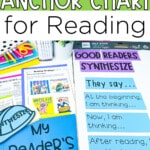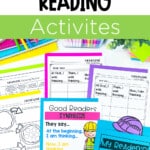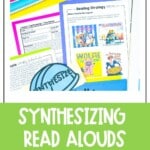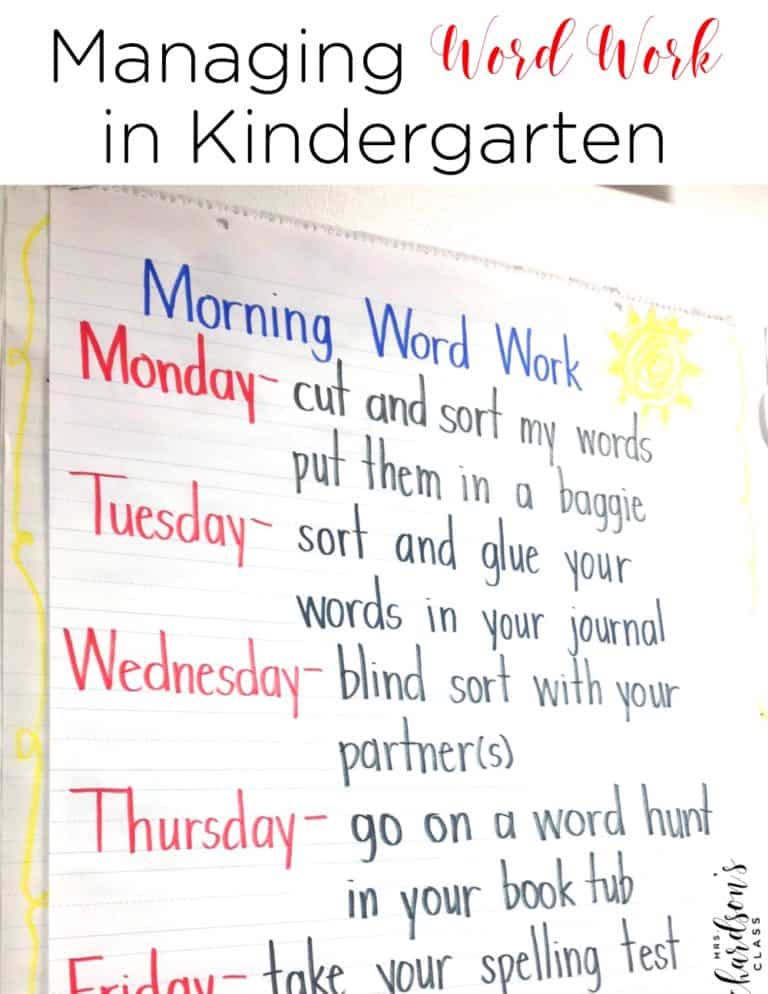

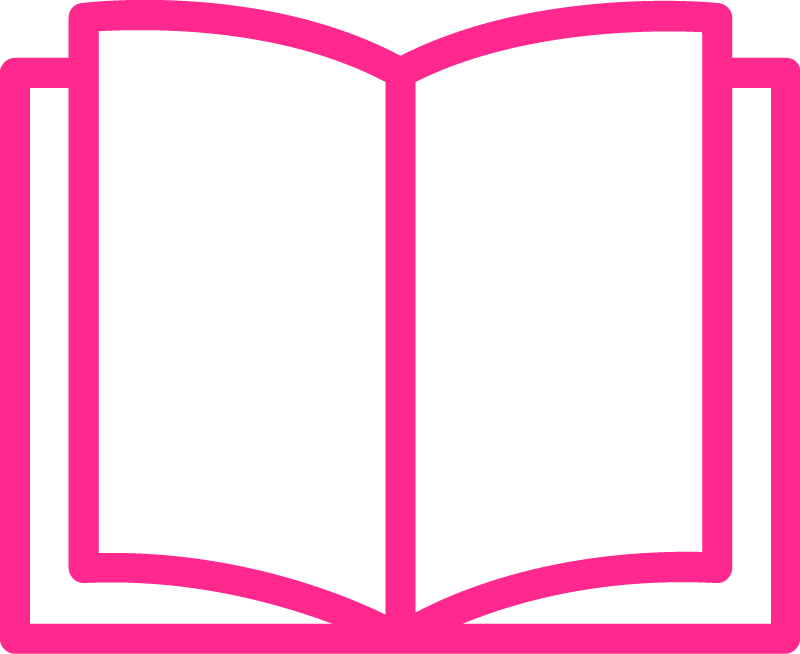
An important component of reading comprehension is the ability to synthesize or draw from multiple sources to gain new information. If you teach reading strategies, chances are you’ve heard this term before, but what exactly does it mean for our young readers? And how can you help students learn this skill? Learning how to teach synthesizing in a way that young readers understand can be tricky.
Figuring out how to teach synthesizing is hard because it can feel like an abstract concept for our younger students. To keep it simple for them, I like to tell them that synthesizing is when your thinking changes while reading a book. You may think one thing based off the cover and first few pages of the book, but as you keep reading, you realize that what you originally thought might not be correct and you need to change your thinking.
In reading, we teach students to synthesize because we want them to develop a deep meaning of the text and truly understand what they are reading. Synthesizing requires students to use many skills while reading like their schema, what is happening in the story, growing knowledge of characters and events, and using new information they read.
Synthesizing is a key component of critical thinking, which is why it’s so important for students to be able to synthesize. It helps students think deeply about the information they’re learning. When students can synthesize while they read, it helps prepare them to synthesize in many other subject areas later.
I like to first introduce synthesizing outside of reading. First, find a picture of something interesting. In my case, it was me bathing our dog outside. Show students one part of the picture (I showed my dog’s face) and ask them what’s happening in the picture. Then, I’d uncover a little bit more (me squatting down next to my dog) and ask students what they think is going on. Finally, I’d show the whole picture of me bathing my dog.
We’d discuss how their thinking changed as they got more and more information. At first students may have though that it was just a picture of my dog. Then, they thought it was me and my dog. Finally, they thought it was me giving my dog a bath. With background knowledge and more information, their thinking changed.
All of these books easily lend themselves to synthesizing and are engaging for kids. They are great for kindergarten through second grade readers.
Equipping readers with the right vocabulary will help them learn better and faster. We want them to be able to talk about their thinking accurately, so we have to show them how to explicitly. Here is a simple set of sentence stems you can use to help your students talk about synthesizing:
If you want to take all of the guesswork out of planning how to teach synthesizing, this is the resource for you! The Let’s Synthesize Interactive Read Aloud resource has 7 days of lesson plans with synthesizing reading activities that are perfect for the first grade or second grade classroom.
Inside you’ll find:
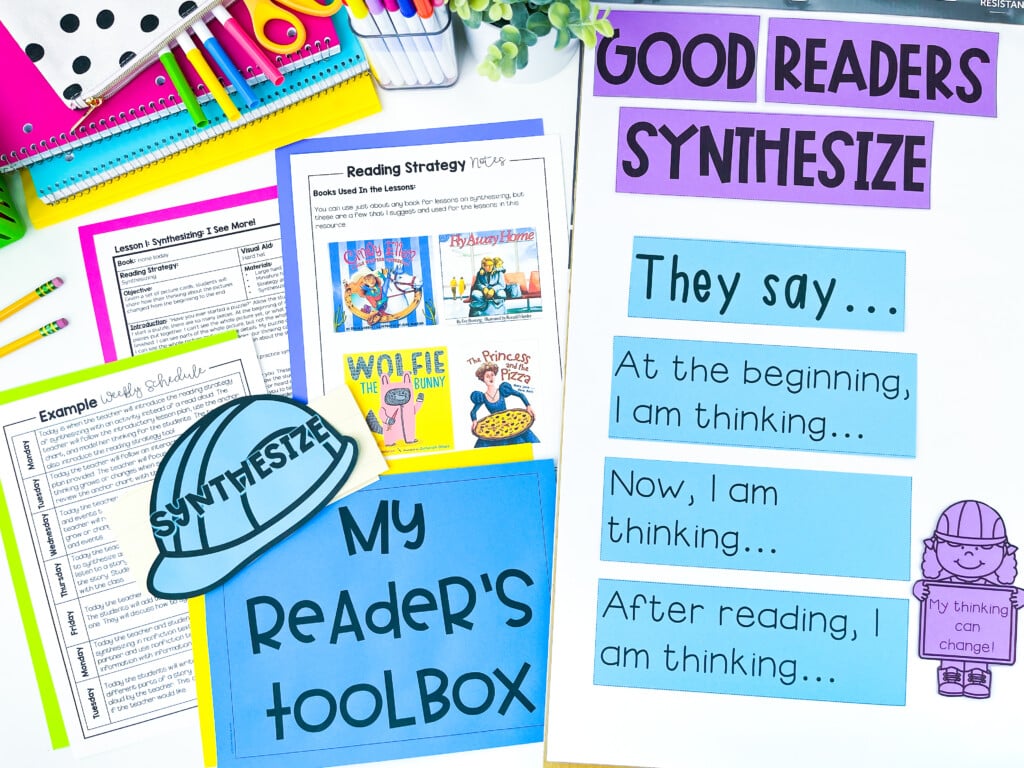
You can get your Let’s Synthesize resource HERE to be all set for teaching this important reading strategy.
Watch for the moments when your students “get it”. They’re some of my favorite ones! Once they do understand the concept of synthesizing, get ready to take them deeper into their thinking.
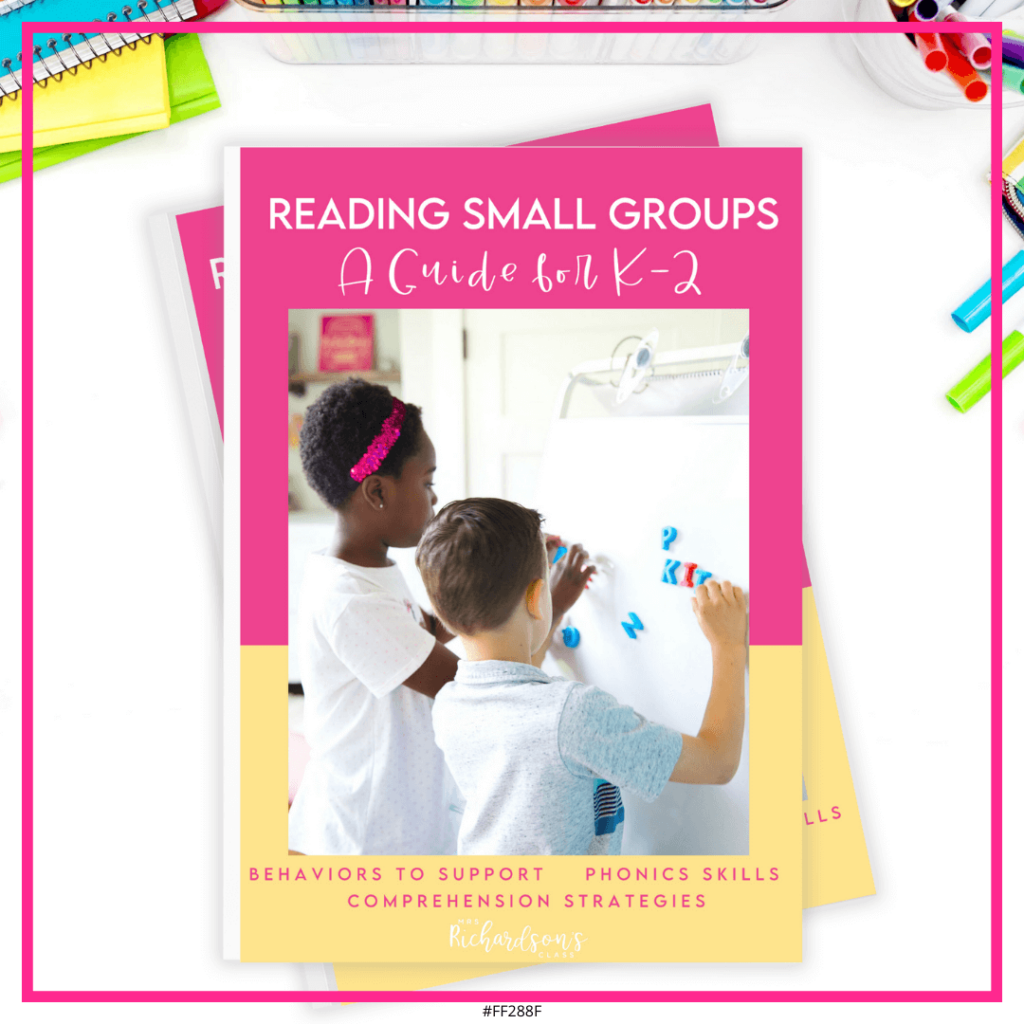
Want to use the latest research to boost your readers during small groups? This FREE guide is packed with engaging ideas to help them grow!
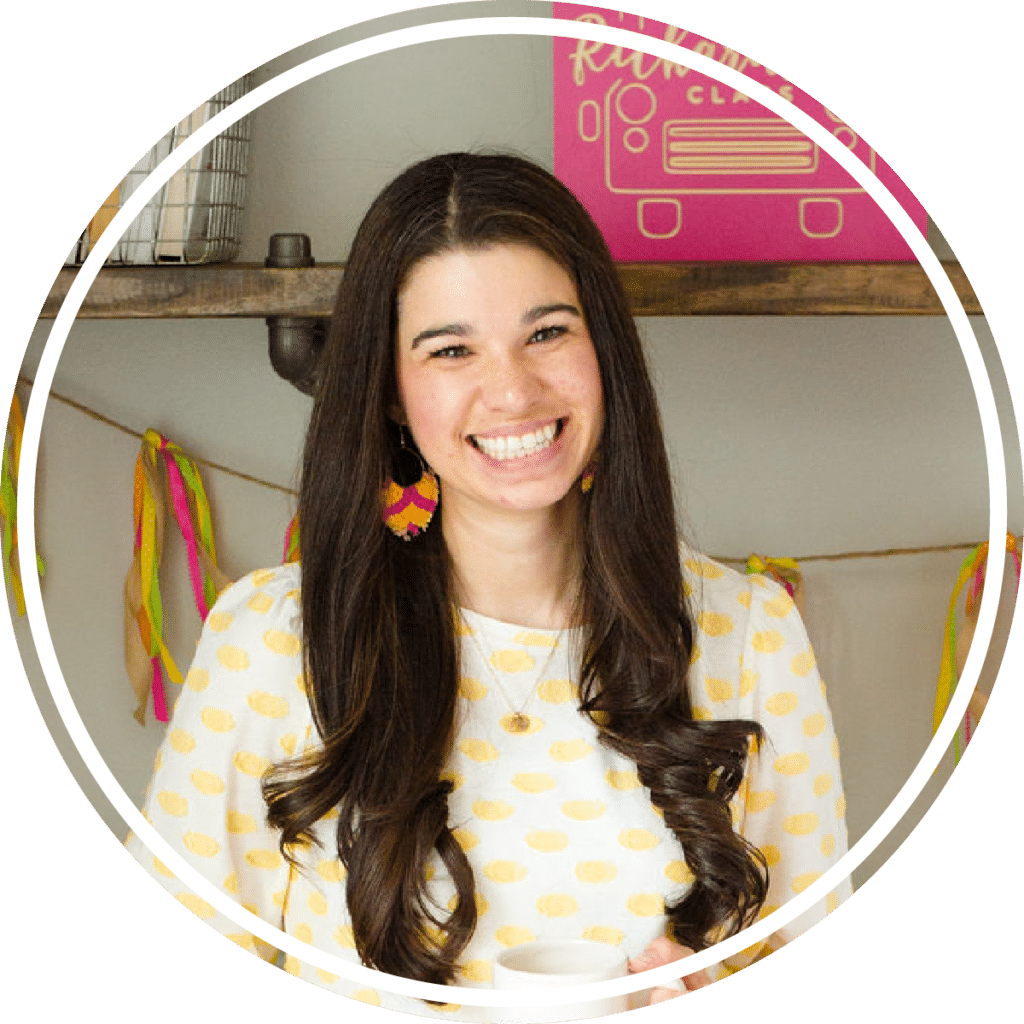
I’m a K-1 teacher who is passionate about making lessons your students love and that are easy to implement for teachers. Helping teachers like you navigate their way through their literacy block brings me great joy. I am a lifelong learner who loves staying on top of current literacy learning and practices. Here, you’ll find the tools you need to move your K-2 students forward!
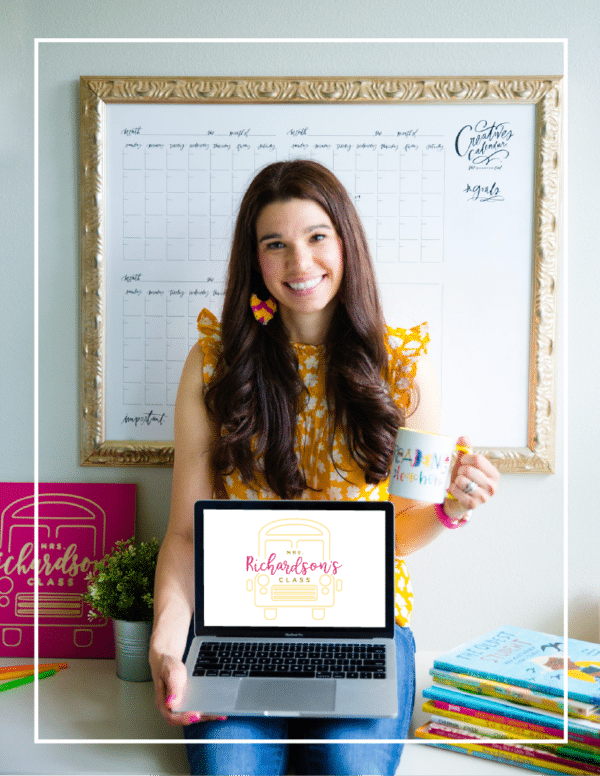
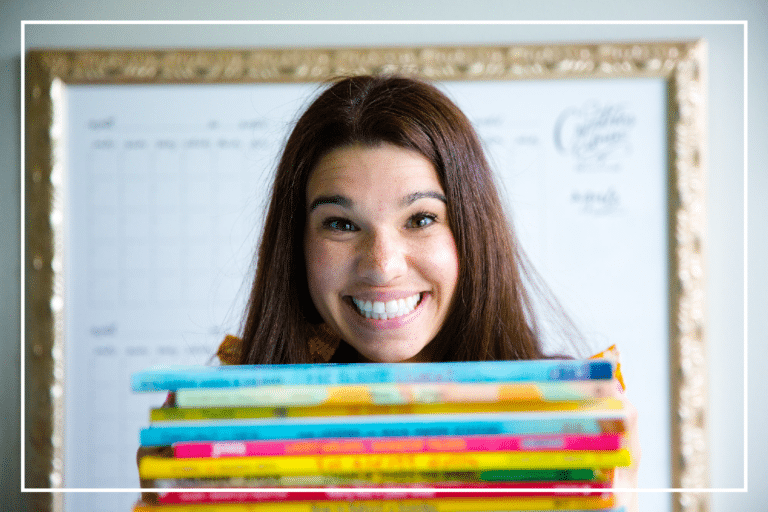
| Cookie | Duration | Description |
|---|---|---|
| cookielawinfo-checkbox-analytics | 11 months | This cookie is set by GDPR Cookie Consent plugin. The cookie is used to store the user consent for the cookies in the category "Analytics". |
| cookielawinfo-checkbox-functional | 11 months | The cookie is set by GDPR cookie consent to record the user consent for the cookies in the category "Functional". |
| cookielawinfo-checkbox-necessary | 11 months | This cookie is set by GDPR Cookie Consent plugin. The cookies is used to store the user consent for the cookies in the category "Necessary". |
| cookielawinfo-checkbox-others | 11 months | This cookie is set by GDPR Cookie Consent plugin. The cookie is used to store the user consent for the cookies in the category "Other. |
| cookielawinfo-checkbox-performance | 11 months | This cookie is set by GDPR Cookie Consent plugin. The cookie is used to store the user consent for the cookies in the category "Performance". |
| viewed_cookie_policy | 11 months | The cookie is set by the GDPR Cookie Consent plugin and is used to store whether or not user has consented to the use of cookies. It does not store any personal data. |
